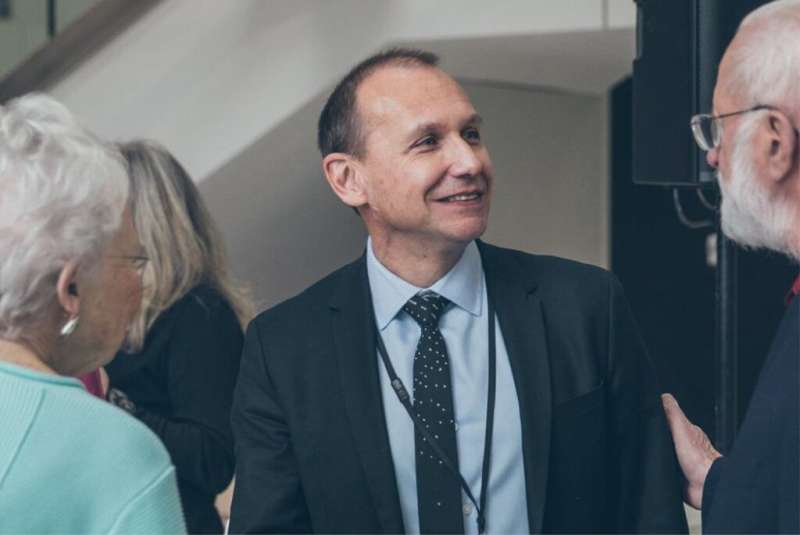
A study aiming to develop a new therapeutic technique could bring a revolution in our approach to treating rare, fatal Sanfilippo syndrome, a disorder that affects children as young as 2 years old and leads to childhood dementia and premature death.
“We are using a combination of gene therapy, stem cells and small molecules to restore metabolic defects in the patient’s brain cells” says Dr. Alexey Pshezhetsky, Professor at CHU Ste-Justine and lead GlycoNet Investigator on this project. “First results in the mouse models of the disease are very encouraging.”
Sanfilippo syndrome belongs to a group of rare diseases known as lysosomal storage disorders.
The syndrome occurs in pediatric patients when the enzymes that the body needs to break down certain sugars are absent or defective. The sugars build up in the brain, causing severe damage.
“Children display symptoms like dementia,” explains Pshezhetsky. “They experience behavioral problems and sleep disturbance, lose the ability to speak and most of them die before the age of 20.”
Due to their individual rarity, lysosomal storage disorders have not traditionally been a focus for developing treatments. Only a few types have a treatment, and none of these has a cure.
Furthermore, the fact is that these “rare” diseases are not rare. Individually, they are considered rare, but collectively, they affect about 1 in 5,000 births. Moreover, some diseases are more frequent in specific populations such Tay-Sachs disease affecting Ashkenazi Jewish and French Canadians or Sandhoff disease with high prevalence in northern Saskatchewan.
A new treatment is needed
Lysosomal storage disorders that do not affect the brain are treated through enzyme replacement therapy, in which patients are injected weekly or monthly with the enzymes they lack. However, this treatment does not work well with Sanfilippo syndrome, as the injected enzymes cannot reach the brain—the place where they are needed.
“There is a physical barrier between the brain and the bloodstream that enzymes cannot pass through,” says Pshezhetsky. “So, in cases where enzyme replacement therapy is ineffective, we are looking for new treatments that can potentially cure or ameliorate the disease.”
In the method proposed by Pshezhetsky, he and his team are using a combination of gene therapy and transplantation of hematopoietic (blood-forming) stem cells. First, the patient’s own stem cells are harvested and genetically corrected to eliminate enzyme defects. Then, these stem cells are injected back to the patient. Healthy blood cells that can secrete functional enzymes will proliferate and migrate to different tissues including the brain.
Unlike enzyme replacement therapy, this therapeutic technique will require only one-time treatment and would be in line with currently used clinical procedures. “It would be similar to a bone marrow replacement therapy. Once you get the treatment, you have a life-long supply of cells you need,” says Pshezhetsky.
Based on the promising preliminary results of their mouse studies, Pshezhetsky and his colleagues are moving forward with plans to gather more data before testing the therapy in human patients.
Clinical applications to other types of rare disorders
Sanfilippo shares common pathology with other types of diseases in the same family of lysosomal storage disorders.
“About two-thirds of lysosomal storage disorders affect the brain. If we find out how to treat Sanfilippo syndrome, we can extend our knowledge to other similar diseases,” says Pshezhetsky.
“I think it’s important for people to know that recent discoveries lead to a paradigm shift for pediatric healthcare. Even if diseases are rare or ultra-rare we are not leaving patients behind but are developing customized ways to treat them,” he adds.
Source: Read Full Article
